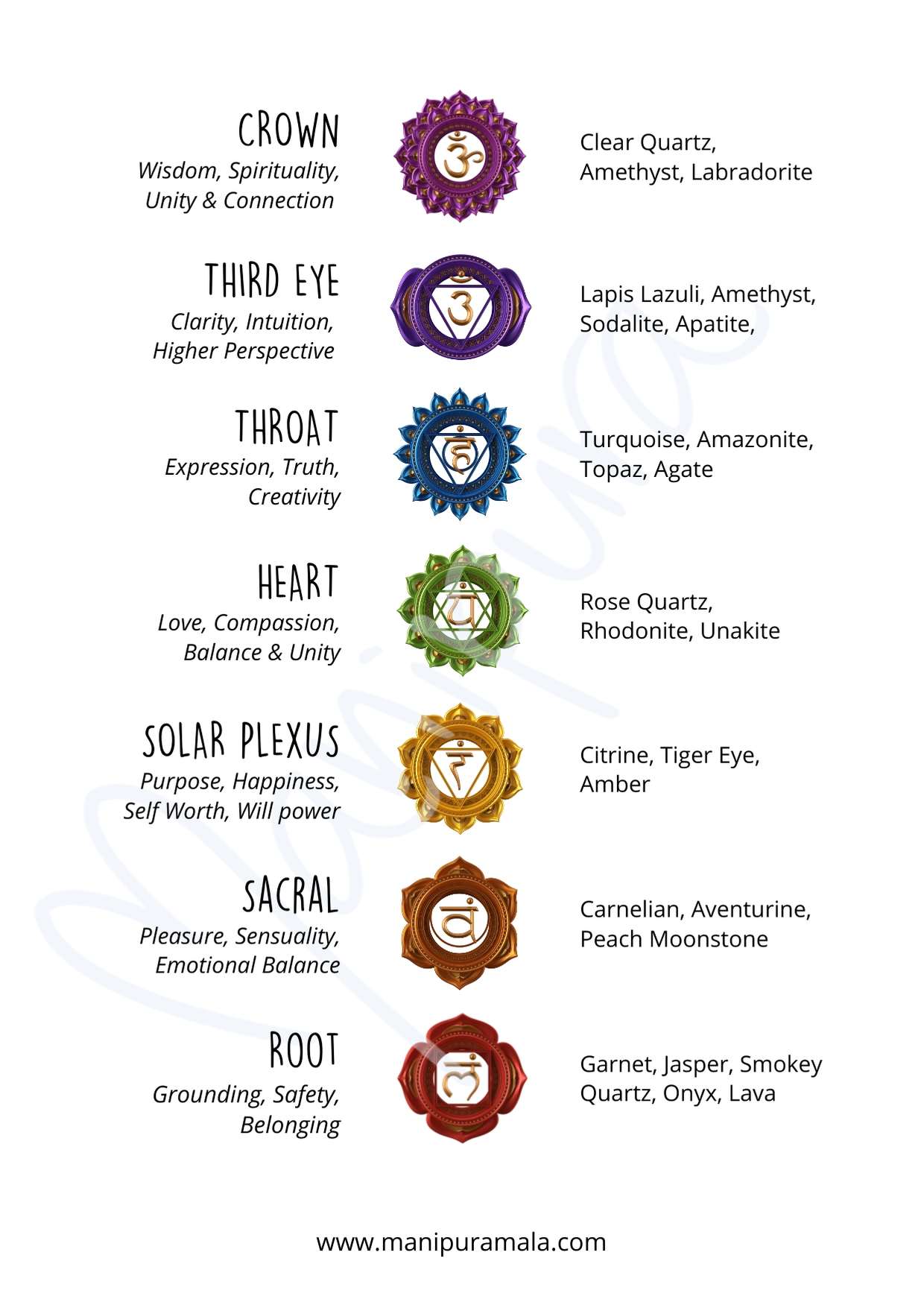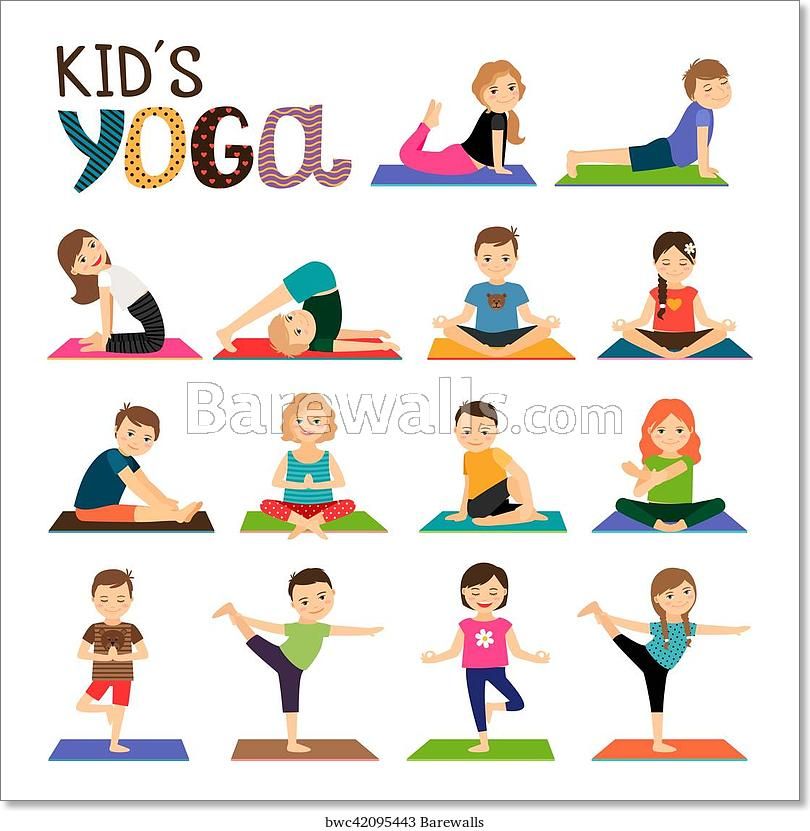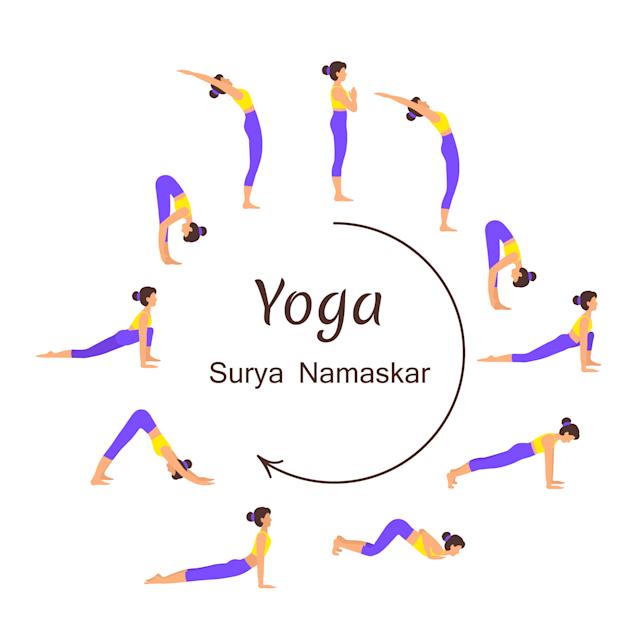
Desk yoga is a great way to stretch your lower back and hips while you work. It is also a great way to open up your chest and lungs. Keep your feet on a flat surface to prevent your spine from twisting. This exercise can help relieve stress and improve your posture. It can be done sitting down or standing.
Work-friendly
Desk yoga is a great option for your health and well-being. This helps to reduce stress and increase productivity, while also combating the negative effects of sitting at a computer all day. You can wear comfortable clothes, and remove your heels when you do desk stretches. Your neck should be circled slowly. Keep your shoulders open. You should not hurry through tight places.
It is also useful to do breathing exercises to help you relax. They can help reduce stress and slow down the nervous system. For you to find the best type of breathing for your needs, pay close attention to what your body is telling you.

Stress-relieving
Doing yoga pushups at the desk can help strengthen your neck and arms. This is done by getting up from the chair. Keep your feet together. Place your elbows at 45°. Then, hug your elbows against your ribs. This exercise also opens your chest and increases circulation.
You can stay calm at work by doing yoga stretches. It's important to move around during the day. Tension builds up in your joints and muscles. The good news? You can do many poses from your chair.
Improves posture
Desk yoga is a great method to improve your posture while on the job. This posture-correcting exercise will allow you to strengthen your spine and muscles around your lungs. This increases your productivity and concentration. This is the best thing about it. You don't even have to go to a yoga studio. You can practice desk yoga poses right at your desk.
The chaturanga desk yoga position is the most basic. You can do this by standing up and placing your hands shoulder width apart on a sturdy desk. Next, stand up and place your hands shoulder-width apart on a sturdy desk. After reaching this position, extend your elbows towards your ribs for five to ten seconds. Repeat the exercise eight to twelve additional times. This exercise helps relieve stress and stretch the spine.

Opens lungs
Desk yoga can be a great way to open your lungs and stretch while you work. It also opens the spine and stretches core muscles. Your back and lungs will stay open by doing this yoga position at least five times per day. This stretching exercise will also help you avoid poor posture and rounded shoulders.
By placing your fingertips on the desk, you can do this yoga pose at office. Bend your knees and turn the pelvic floor toward the floor, lifting your kidneys and lengthening the front of your spine. Take a few deep, slow breaths while you do this exercise.
FAQ
What are the benefits of yoga for beginners?
Yoga helps you to have better posture, flexibility, strength, breathing control, relaxation, and mental clarity. It can also help you be more aware of others and the world around.
Yoga teaches you how to live life fully. You learn to listen to your body and mind. You learn to accept yourself as you are. You learn to accept yourself as you are.
You learn how to relax and live your best life.
How does yoga change your body?
Yoga helps you relax and stretch. Yoga makes you feel good. Yoga improves flexibility, strength, and stress reduction. This leads to better sleep, improved concentration, and increased energy levels.
Yoga can also increase blood flow, which will make you less susceptible to getting the flu. This is due to the fact that yoga allows you to breathe deeply, increasing oxygen supply to your brain.
Yoga can relieve tension and pain. These postures improve posture and strengthen joints and muscles.
To keep your body and mind healthy and happy, you should regularly practice yoga.
Is there a way to do yoga at home?
Absolutely! There are many options for practicing yoga at home. Videos, DVDs and CDs are just a few of the many options available for practicing yoga at home.
YouTube even offers free online yoga videos. However, getting a good instructor to guide you through the movements is best.
What are the health benefits from yoga?
Yoga is an ancient tradition that originated in India. Yoga was created by Hindu monks to improve their mental and physical well-being over the centuries. Yoga is used by many people for stress relief and relaxation. Some people believe that yoga improves strength and flexibility.
Yoga helps improve balance and coordination. Yoga is also great for seniors who want an active lifestyle. It can help to prevent falls or other injuries.
Yoga is good to your heart because it strengthens you cardiovascular system. If you have diabetes, high blood pressure or are overweight, this is a good option.
Yoga also reduces stress, anxiety, depression, and insomnia. This can lead to chronic pain. Yoga may be particularly beneficial for those suffering from arthritis or fibromyalgia.
Your muscles lose elasticity as you age. Yoga can keep your muscles flexible and strong. As you get older, you'll notice that yoga increases your energy and stamina.
According to the National Institute on Aging, regular yoga can reduce depression symptoms such as fatigue and feelings depressed. According to the institute, yoga can lower cholesterol and increase bone density.
Yoga can also relieve headaches, back pain, and other issues. Because of its slow pace and gentle movements, yoga is particularly effective in relieving muscle strains.
What is the best way to start yoga?
To lie down, you will need a mat (some can be folded), loose clothing and a towel/blanket to place underneath your head.
In addition, you may also need some props such as blocks, straps, bolsters, blankets, or towels for certain poses.
In general, however you won't need anything. To start yoga, you must be motivated to make positive changes in one's life and willing to put in the effort.
Statistics
- Lock in 25% off your Founding Member rate. (corepoweryoga.com)
- A 2020 review of 27 studies (1,805 total participants) of yoga interventions in children or adolescents found reductions in anxiety or depression in 70 percent of the studies, with more promising results for anxiety. (nccih.nih.gov)
- According to the Agency for Healthcare Research and Quality, falls are incredibly common among older adults in nursing facilities. Even the simplest ones can increase the risk of death (24). (healthline.com)
- In comparison, a 125-pound person is estimated to burn 135 calories in 30 minutes of walking (at a pace of 15-minute miles) and 210 calories bicycling at a moderate pace on a stationary bike. (everydayhealth.com)
- Start your Fall off right with 20% off All Access Membership when you sign up by 9/25! (corepoweryoga.com)
External Links
How To
Is yoga a good way to exercise?
Yoga is not just for people looking to lose weight. It also helps you develop flexibility, balance, coordination, strength, focus, and calmness.
Yoga isn’t just exercise. Instead, it’s an art form. The poses can be used to relax or meditate. They can improve our posture, concentration and breathing.
Yoga is practiced by yogis. Yogis follow various forms of yoga, including Hatha, Ashtanga, Iyengar, Vinyasa, Bikram, Kundalini, Yin Yang, and Restorative.
There are many types and styles of yoga. But they all share similar goals. Each style focuses on different aspects. Yoga styles include Hatha, pranayama (meditation), and pranayama (pranayama).
These yoga moves don't require any equipment
-
Sun Salutation – The series of 12 positions starts with forward bend followed by 10 poses.
-
Warrior Pose: While holding a stick, or staff, you can do a warrior pose.
-
Triangle Pose-This pose requires you to lift one leg behind you while bending at the knee.
-
Standing Forward Bend – This is a pose where you sit on the ground with your legs straightening and then fold forward at the waist.
-
Seated Twist- This pose is performed while sitting on a seat or mat.
-
Cobra Pose – This is a pose where you lie flat on your back and raise your arms above your head.
-
Child's Pose: This is a pose where the child lies face down on the ground.
-
Cat/Cow Pose: This combination of a cow and cat pose is called the Cat/Cow Pose. While lying face down, raise your upper body off the ground. Next, roll onto your back and place both of your hands under you shoulders.
-
Head Tilt--This pose requires that you tilt your head back with your eyes closed.
-
Shoulder Stand – This position is where you stand upright while your arms are raised above and feet are raised above the neck.
-
Tree Pose - This pose is achieved while kneeling on your knees with both hands placed underneath your shoulders.
-
Bow Pose: This pose requires you to bend forward from the hips, and then place your palms on ground.
-
Corpse Pose – This pose can be held for up to five minutes.
-
Mountain Pose – This is a pose known as mountain pose. Your spine should be straightened and you must stand tall.
-
Legs Up the Wall Pose - This pose is executed by hanging upside-down from a wall.
-
Side Angle Pose - This pose is accomplished by leaning against a wall and putting your right arm next to the wall.
-
Plank Position – When you are lying flat on your stomach, and your left arm and right leg extend apart from one another, this is called the plank position.
-
Bridge Pose- Balance on your elbows and toes for this pose.
-
Reverse Table Top Poses - To achieve this pose, lie on your stomach while reaching your arms toward your ceiling.
-
Handstand - This pose requires balance and strength. To do this pose, you can either hold yourself between two walls or a door frame.
-
Half Moon Pose also known as Hero Pose. It involves standing on your hands with your toes.
-
Headstand (or Hold) - This requires strength and balance. You can do this pose on a wall (or using a doorframe).
-
Forearm Balance: This pose requires that your forearms rest on the tabletop.
-
Spinal Twist: This pose is where your belly meets your arms.
-
Supported Boundangle pose - This position requires balance and support. To lean on a sturdy object, such as a tree trunk or an old beam, you'll need one.
-
Wide Leg Forward Fold – This is achieved by extending your legs out and touching your toes.
-
Single Pigeon Pose-This pose is very similar to the wide leg forward folded, but only has one leg.
-
Extended Puppy Dog Poses are very relaxing. It involves extending your legs outward and bent your knees.
-
The Forward Bend pose involves bending forward and squatting cross-legged.
-
Crow Pose: This pose is very difficult, but it's rewarding once you get the hang of it. The trick is to raise your arms higher than your head and lower them so that they touch the ground.